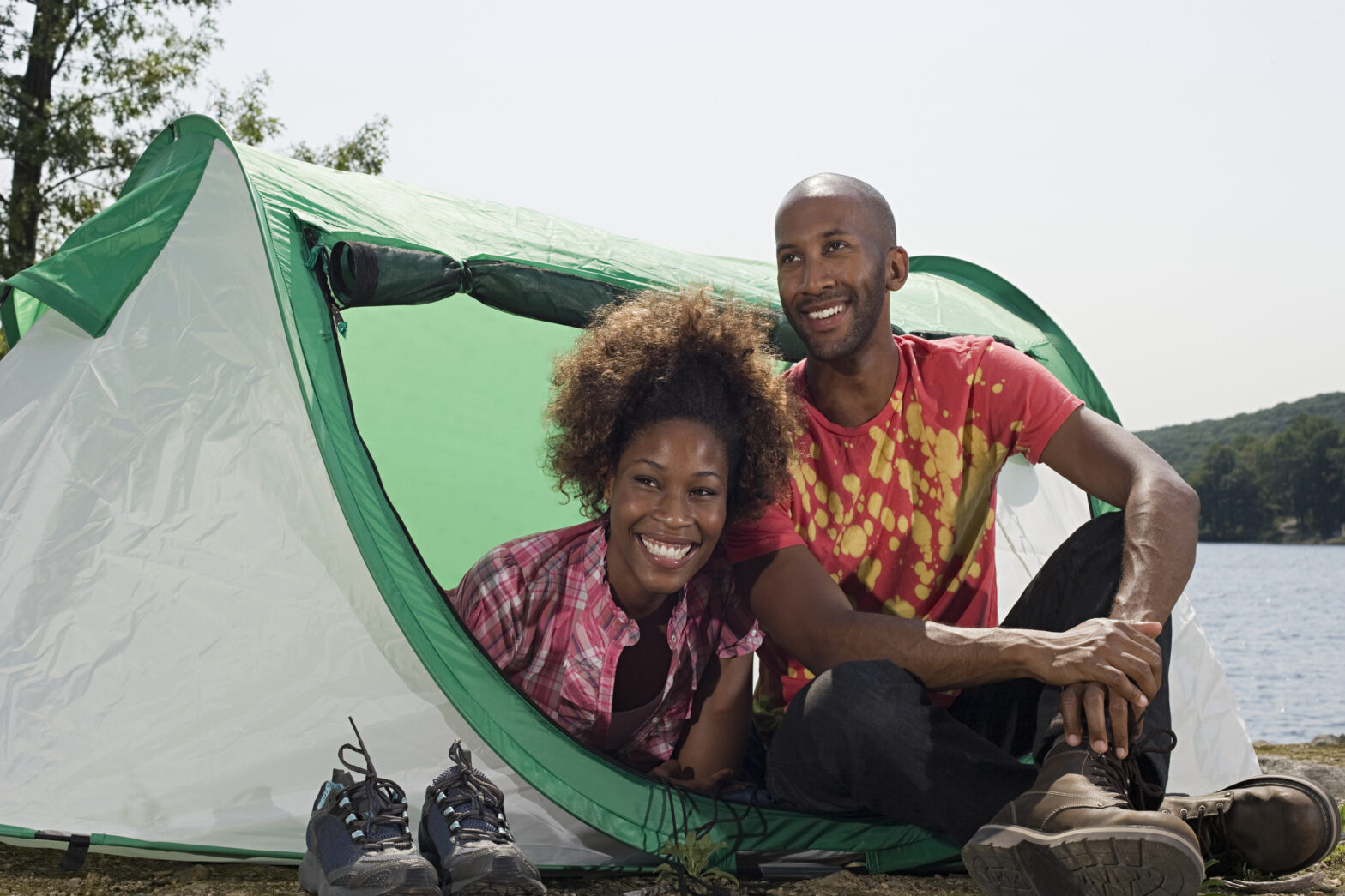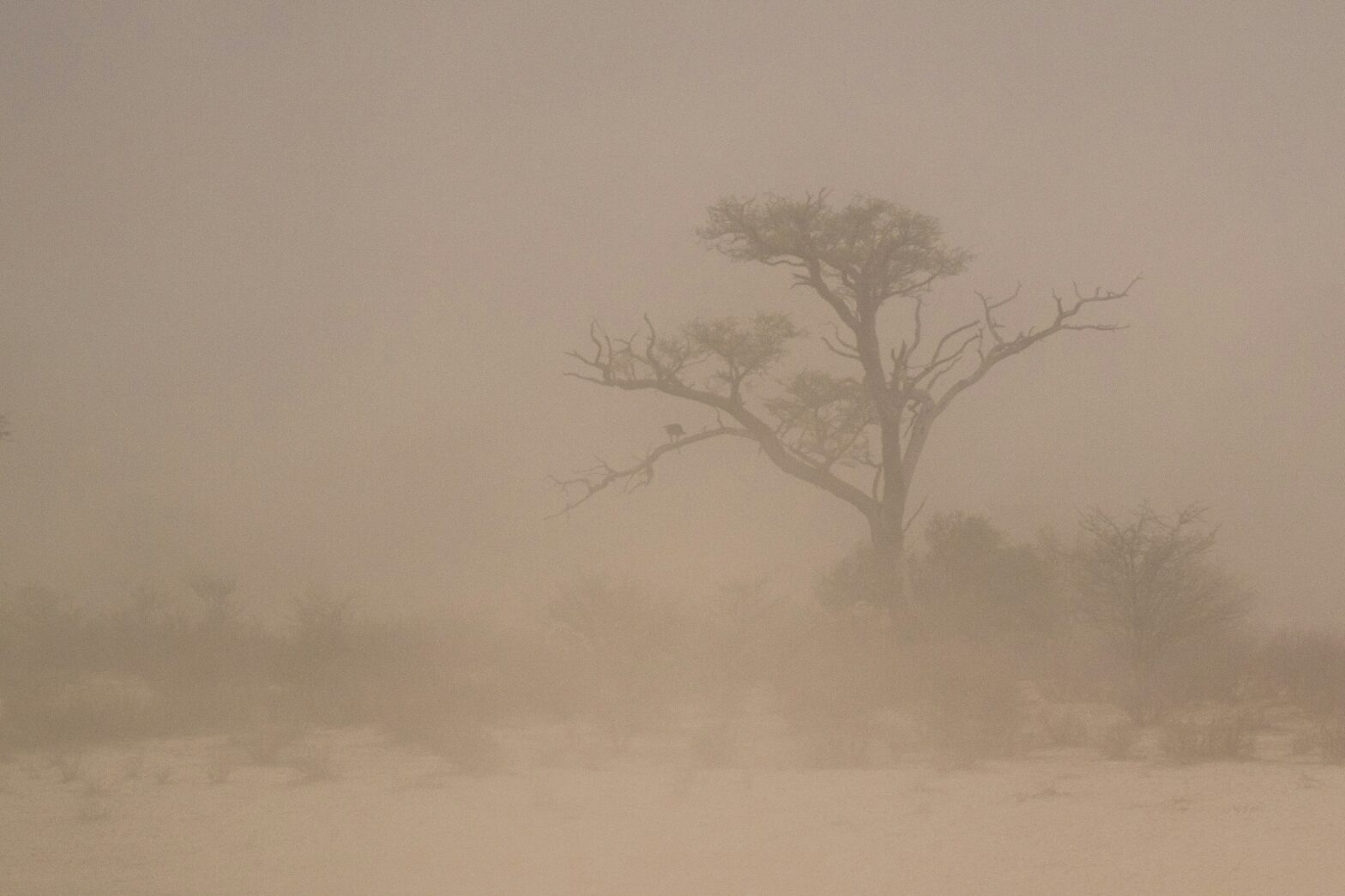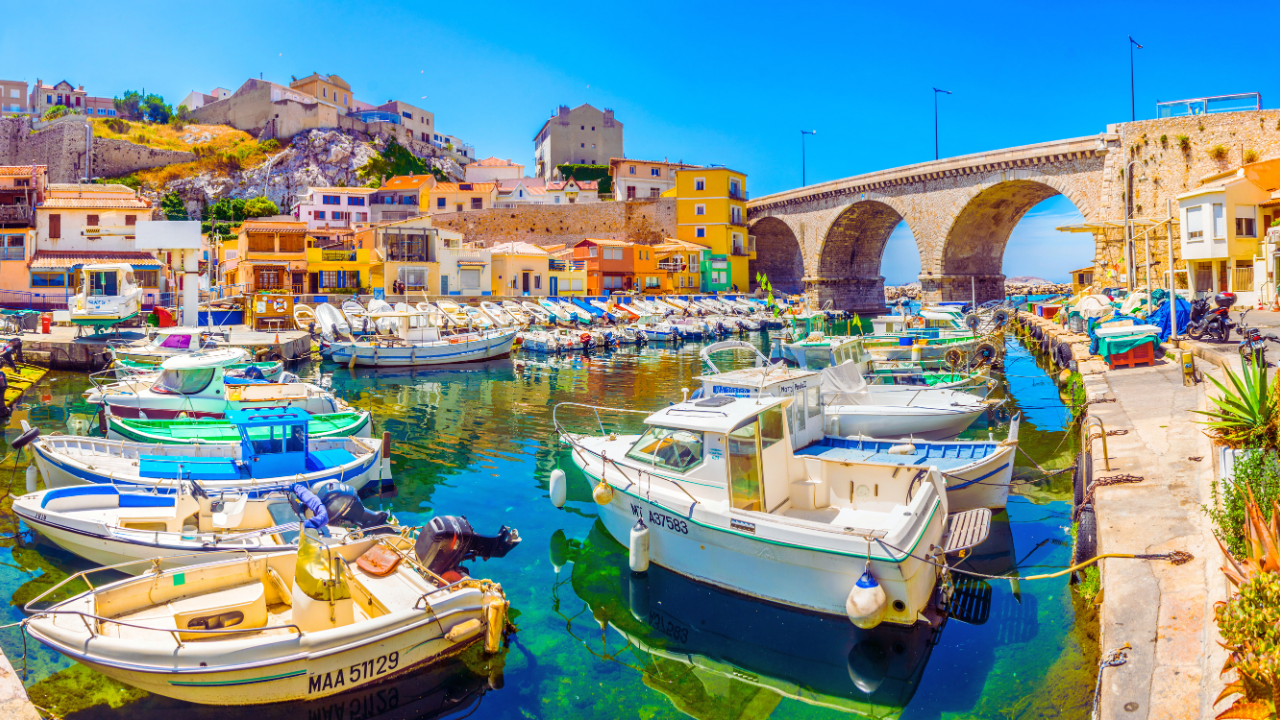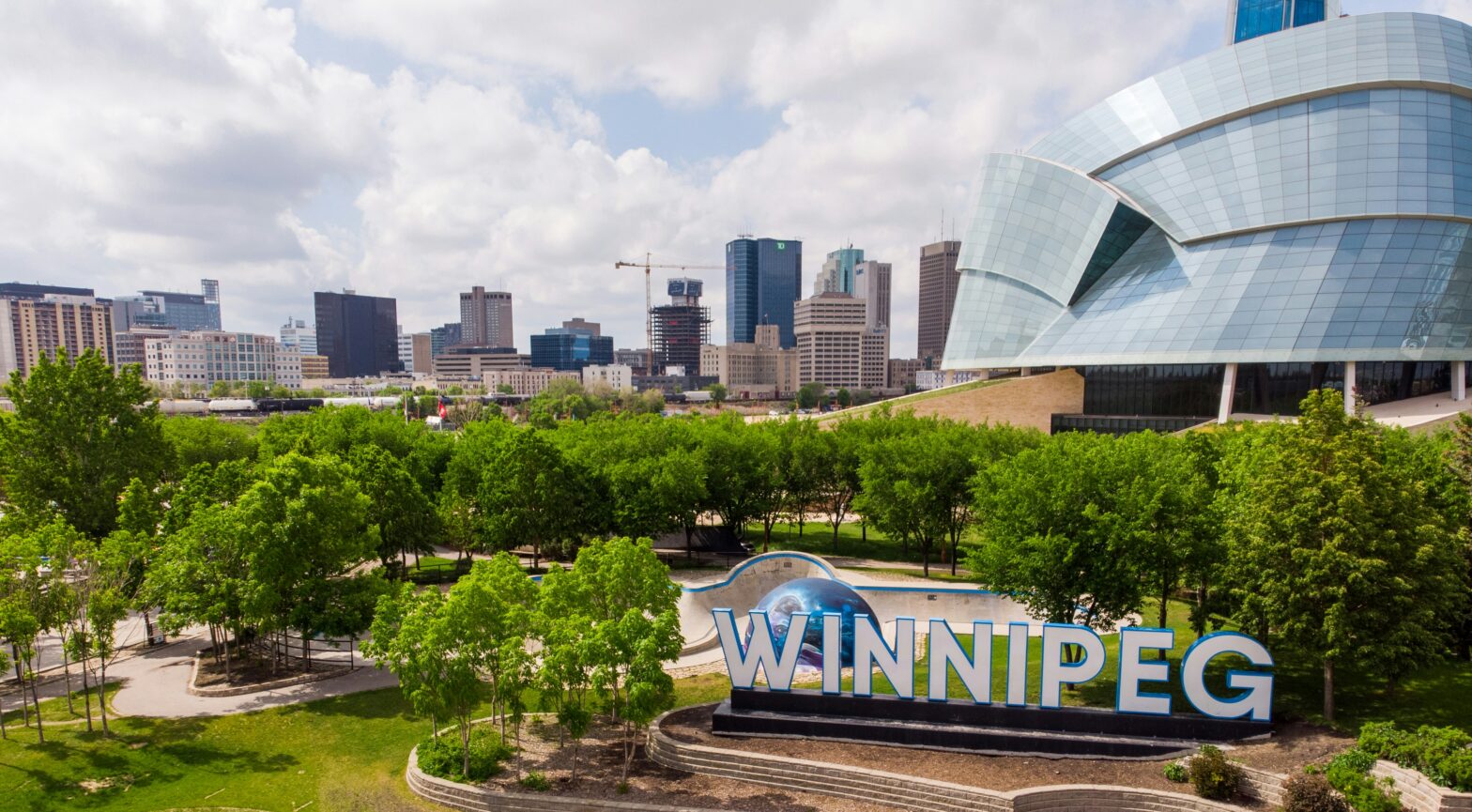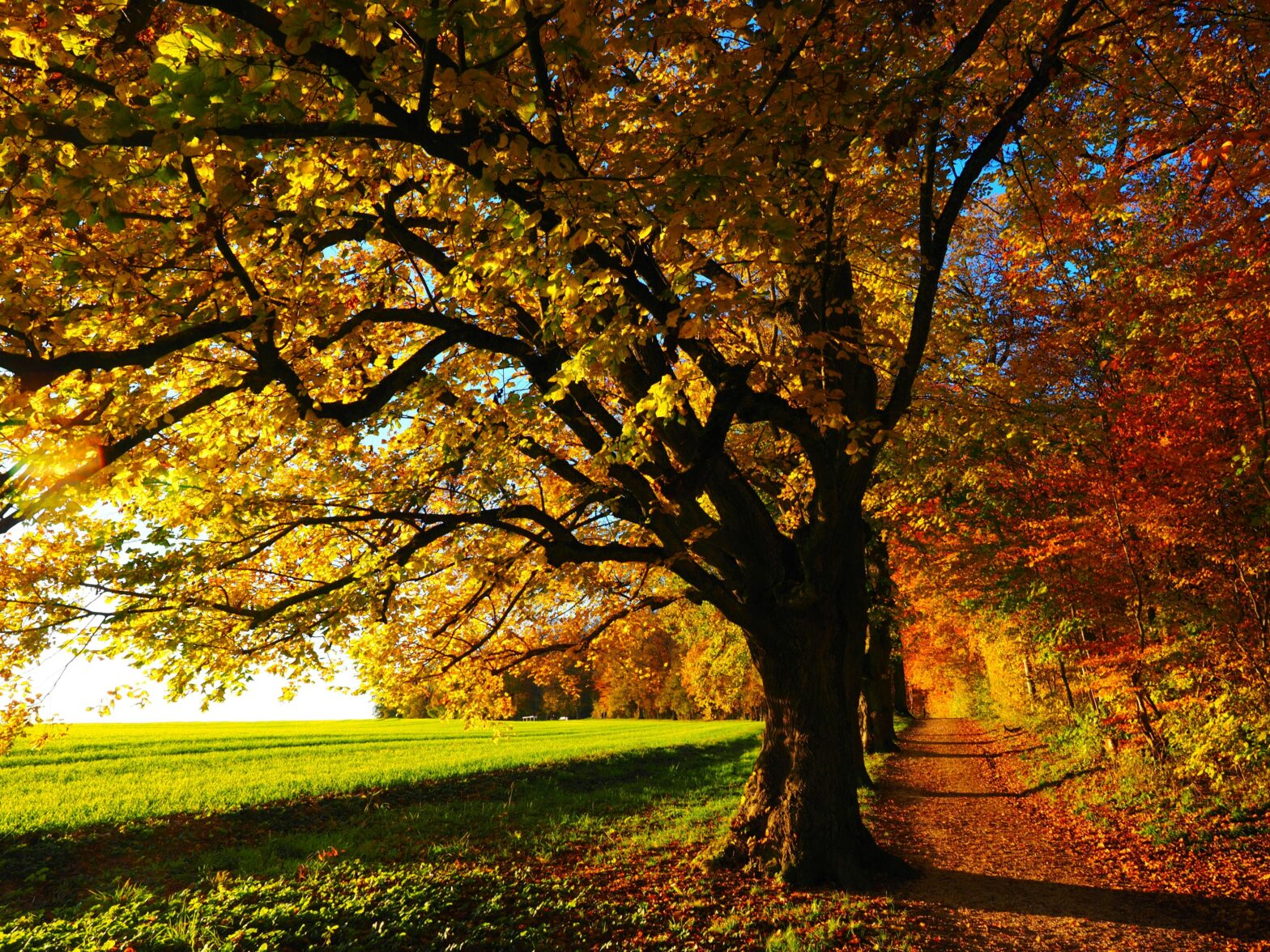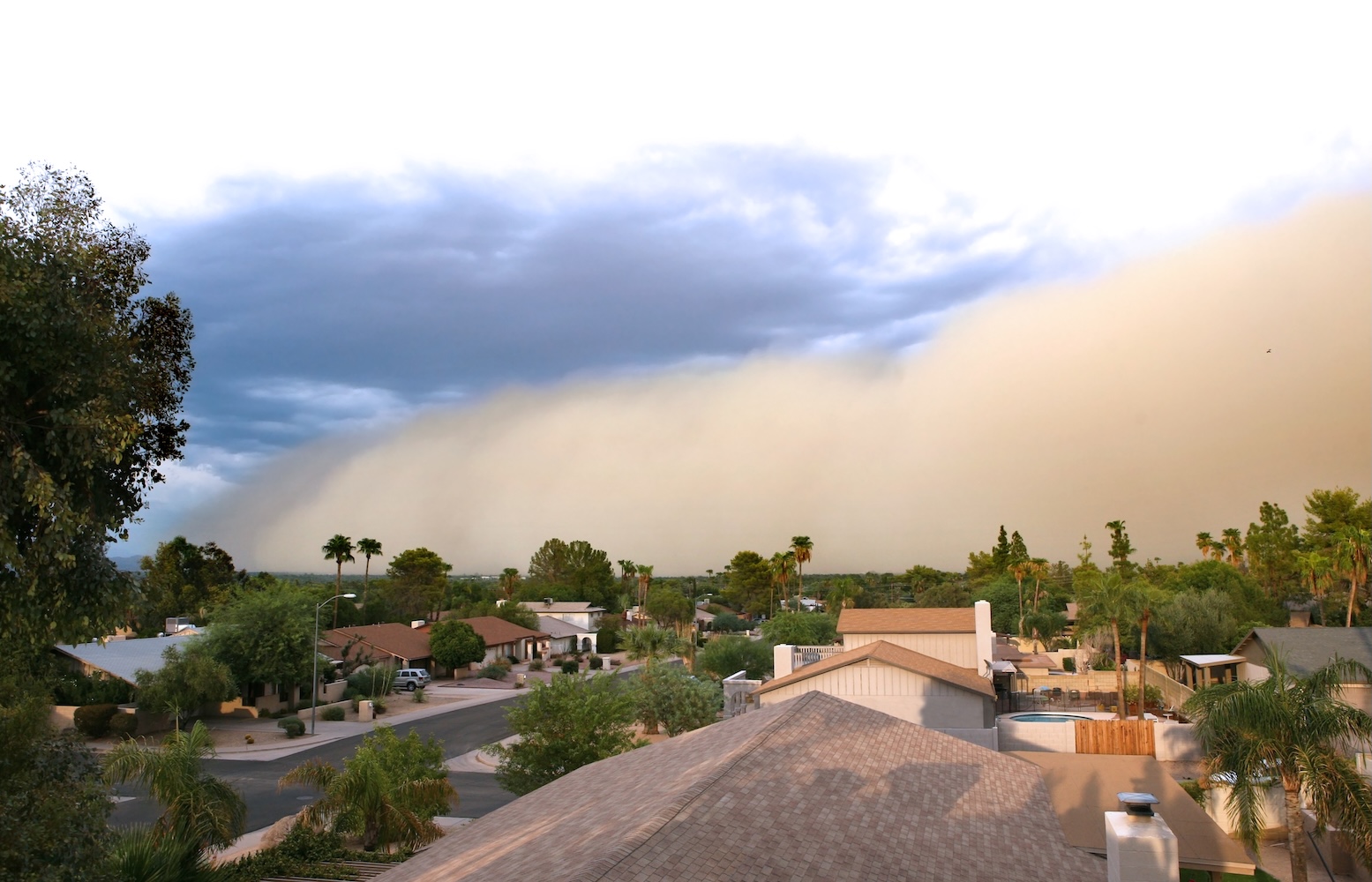When it comes to authentic connection and natural escapes, camping continues its remarkable renaissance in 2025. According to recent data from Kampgrounds of America’s (KOA) annual Camping and Outdoor Hospitality Report, 11 million more households have embraced camping compared to 2019.
Moreover, one in four leisure trips now involves a camping experience. This outdoor movement shows no signs of slowing, with 2024 marking the highest year on record for camping expenditure. The research shows that camping and outdoor hospitality activities contribute a staggering $61 billion to local economies.
Nostalgia Drives Return To Simplicity
The pendulum has swung back toward simpler camping experiences as travelers seek to recapture the magic of childhood memories. This “Retro Retreats” trend finds 44% of campers planning to tent camp in 2025, with Millennials leading this movement at 57%. Beyond just accommodation choices, 26% of campers express a desire to reconnect with family traditions like making s’mores (27%) and telling campfire stories (20%) around the crackling fire.
Kampgrounds of America (KOA) President and CEO Toby O’Rourke notes, “Through our decade of research, we’ve seen camping evolve from simply being considered an outdoor activity to becoming a formidable segment of the travel marketplace. Despite all the changes over the last 10 years, one thing remains constant: even more people see the importance of connecting with nature.”
Economic Considerations Reshape Trip Planning
With inflation and rising costs affecting travel decisions, going to camp is now a budget-friendly alternative. The trend dubbed “Savvy Stays” reflects how 8 in 10 campers report that increased travel costs have impacted their plans. Yet, rather than canceling trips entirely, they’re making strategic adjustments. A significant 72% view the experience as cost-effective travel, while 56% of families with children specifically choose camping to reduce travel expenses.
Despite economic pressures, campers are still spending in local communities. Recent research shows campers increased their average daily spending by $28 per person in the past year, reaching approximately $156 per person per day. RVers spend even more at $169 daily, while glampers top the list at $178.
Four-Legged Friends Take Priority
The “Pets Over People” trend highlights an interesting shift in camping companionship. Dogs have become premier camping companions, with 53% of campers bringing their canine friends on most or every trip. These numbers surpass those who camp with other family members (21%), siblings (13%), or parents (10%). Even solo adventurers seek furry companionship, with 46% bringing their dogs along for the journey.
Flexible Adventures Close To Home
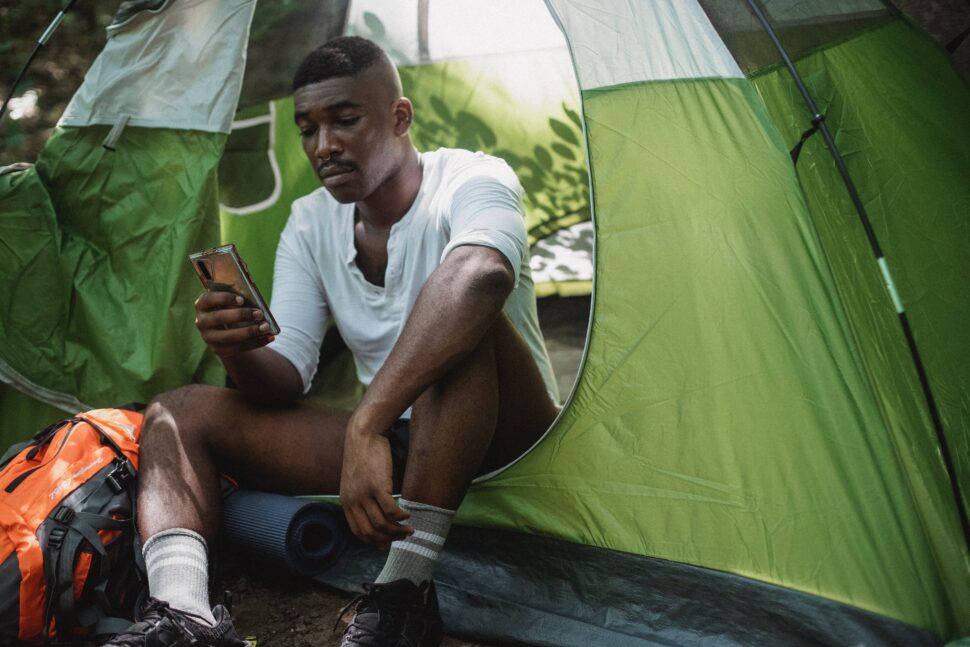
“SnapCamping” defines the modern camper’s approach to outdoor getaways – shorter, more spontaneous, and increasingly flexible. Weekend escapes dominate planning calendars for 62% of campers. Interestingly, 4 in 10 campers plan to travel more than 150 miles to reach their camping destinations in 2025, the highest percentage since 2019.
External factors continue to influence travel decisions, with 68% reporting that recent news, political discourse, or economic conditions directly impact their travel planning. For 3 in 10 campers, these factors are keeping them closer to home this year.
Multi-Generational Camping Experiences
The “Great Family Campout” trend highlights how camping has become a multi-generational activity, with 22% of camping groups now including grandparents or extended family. One-third of campers find going to camp with children more relaxing than other vacation options. At the same time, nearly 6 in 10 households believe it offers better connections with loved ones compared to other travel types.
Wellness-Focused Outdoor Experiences
The “New Age of Wellness Camping” trend reflects how 42% of travelers use camping to improve their mental well-being. Water-based camping continues to draw seekers of tranquility, with 57% of campers and 53% of leisure travelers looking to relax by shorelines. Beach camping has become the top wellness escape, especially popular among Boomers (68%) and Gen X (63%).
Other wellness trends include nighttime activities like full moon hikes and yoga under the stars (each embraced by 14% of campers) and barefoot “grounding” practices (12% of campers) to connect more deeply with natural environments.
